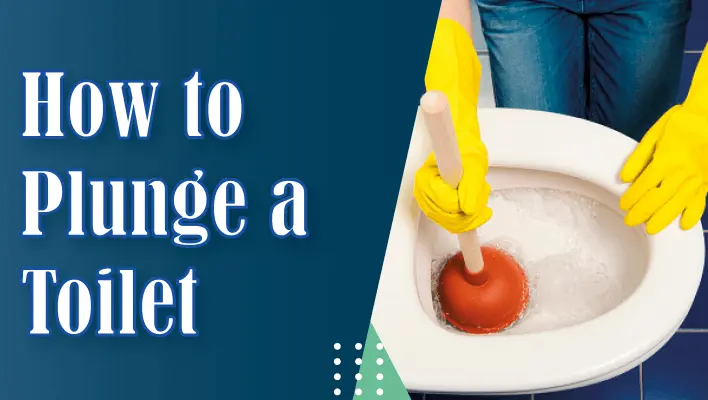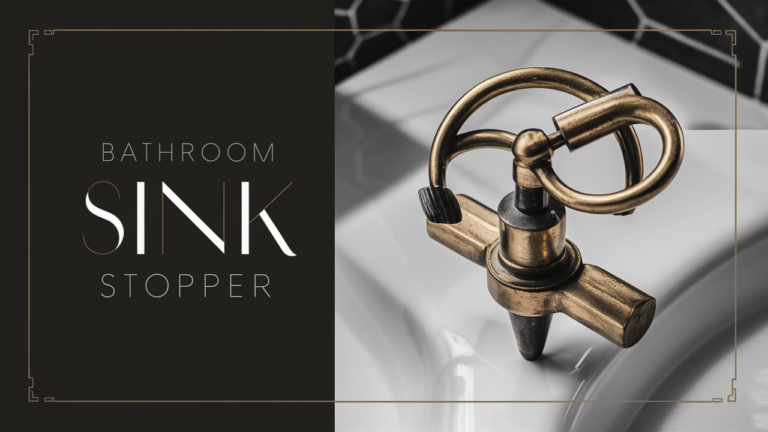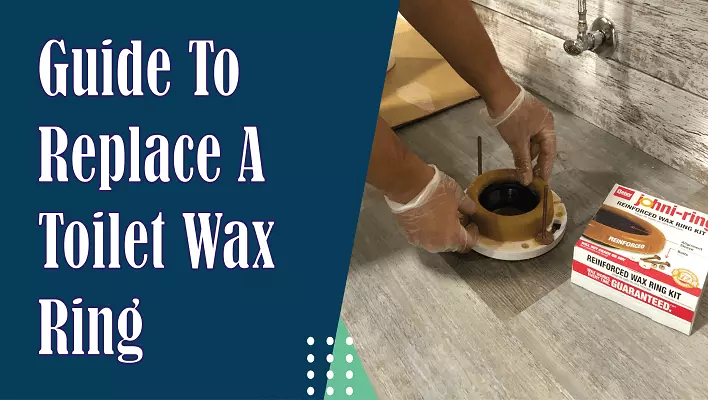How to Plunge a Toilet
When you see, your toilet flush is not working properly, it will embarrass you the most in front of guests. So, what will you do in this situation? Your old plunger handle can help in this situation.
The toilet plunger will not seem more practical but it is highly effective and useful to avoid unpleasant cleanings. Thus, this guide will teach you how to plunge a toilet correctly because doing it improperly could have horrible results.
Also Red: 6 Best Flushing Toilet 2023 | Buyers’ Guide
Content
How does a Toilet Plunger Work?
A toilet can be blocked due to several factors. They include the use of too much toilet tissue or getting something unexpected stuck within the toilet. So, when no other technique might work, a plunger is a smart way to get started.
A toilet plunger operates directly and simply. Water is kept between the toilet’s outlet and the obstruction by the leather/rubber. It will help to create a tight seal around the opening.
After that, water will be pushed with ample force toward the obstruction. For this, you will apply pressure on the plunger. This will be sufficient to move it and restart the function of your toilet.
However, if it doesn’t work, you can get a lot of vacuums by drawing back the plunger. This will also aid in clearing the obstruction.
Well, you must know that moving the clog at a little distance is not your main objective. The water pressure should be sufficient to clean it out and restart the toilet operation.
What are the different types of Toilet Plunger?
Normally, there are four distinct kinds of plungers and each is made for a specific purpose. Let’s discover which one is the most effective for plunging a toilet.
- Standard Plunger
- TAZE Plunger
- Accordion Plunger
- Toilet Plunger
Standard Plunger
This standard plunger has a conventional latex cup on the top. It is made with a rod sticking from one corner. This plunger is designed to be placed in drains on smooth surfaces, such as basins. As a result, it is tough to place it in a toilet that has a tight seal.
TAZE Plunger
The taze plunger resembles a regular plunger in style but its size is much larger. In addition, steel is typically used for the handles of the taze plungers.
Mostly, you will find a taze plunger in a plumber’s vehicle than in a home’s toilet. These plungers are made for heavy-duty tasks, so you won’t need them at home. If so, you might need to reduce your carb intake.
Accordion Plunger
The accordion plunger is the finest one among from the previous 2 kinds of plungers for unclogging toilets. This plunger is made of solid plastic and has a little cap on one side that fits over toilet drains.
There is an accordion design right under the cup. It enables users to insert force and this design has a plastic grip that resembles a baseball bat.
Toilet Plunger
Toilet plungers are comparable to ordinary plungers in appearance. It has the difference that there is a thick rubber cover that flexes from the cup.
This cover is ideal for plugging the hole in your toilet and sealing it with a vacuum. This makes it simple to produce a large amount of force.
How to Plunge a Clogged Toilet?
Now you have a clear understanding of plungers and their working process. So, it is time to demonstrate how to unclog the blocked toilet.
To avoid any sort of hazard, you must have a proper plunger, some rubber gloves, and some Lubricant. The lubricant will need to spread on the top to create a stronger sealing.
Clearing The Area
Do you think that you are quite smart? No matter how smart you are, there is always a chance that you will flush out some filthy & dirty water from the toilet.
This implies that before you begin, you should move any apparel, carpets, or books out of the area. If you want to be extra smart, you can also put some used napkins or rags on the place.
Drain The Water
You would not drain out the water in the basin unless it is filled. For this, you will not be able to spill the water around. In other words, water must be sufficient to fill the plunger’s top.
Air cannot resist a dense roll of toilet tissue. So, doing this will give the guarantee that you will have enough water to tackle the blockage.
Start Slowly
You shouldn’t lower the plunger like you are striking a stake. In the start, you must push the plunger smoothly and moderately. This will not only reduce the waste, but this will allow you to not push anymore.
On the initial plunge, air will also be in the plunger’s container. By plunging strongly, you can drive out this air by shattering the blockage.
Build Up A Good Plunge Position
Now it is time to move forward after pushing two to three times. As you increase the power of your pushes, make sure that your plunger is not going to break.
Don’t be shocked if it requires you 15 to 20 plunges to clear the blockage. If the blockage is not cleared, you can push a little stronger than before. But try not to break the seal.
Drain The Toilet Completely
The water in the basin needs to be completely removed at this point. The next step is to add soap and warm water to the basin. Thus, both of the items help clear clogs from toilets.
Dish soap, hot water, and a plunger are a tried-and-true combination for efficiently clearing the clog. You will have to take out as much water as you can from the container.
Quit The Process
Now rotate the plunger to check whether the water is flowing or not. If water starts flowing, you can repeat the process to fix the blockage. On the other hand, if that does not work after two to three attempts, you must call a plumber.
Also Red: How To Unclog A Toilet Fast?
Conclusion
It might be unpleasant for you and all to have a blocked toilet with the mess. If you have a fine-quality plunger, you can fix this issue without calling a plumber. In this blog post, I have briefly explained all about how to plunge a toilet.
In this article, you will get the types of plungers to choose from and the method of plunging the toilet. So, you can easily fix your toilet if your toilet is not working properly.
Let me know your experience if you have tried to use the toilet plunge.



















